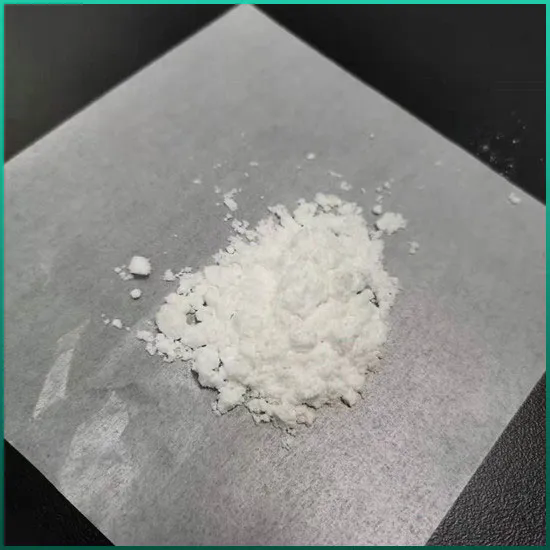Understanding Clindamycin Phosphate: A Powerful Antibiotic for Skin Conditions
2024-10-08
In recent years, skin health has become a top priority for many people. With various conditions affecting the skin, it’s essential to explore effective treatments. One such treatment that has gained prominence is Clindamycin Phosphate. This blog will delve into what Clindamycin Phosphate is, its uses, benefits, side effects, and more.
What is Clindamycin Phosphate?
Clindamycin Phosphate is a topical antibiotic derived from lincomycin, an antibiotic that effectively combats a range of bacterial infections. It is primarily used to treat acne vulgaris, a common skin condition characterized by pimples, blackheads, and cysts. Clindamycin works by inhibiting bacterial protein synthesis, effectively reducing the number of bacteria on the skin and decreasing inflammation.
How Does It Work?
Clindamycin Phosphate targets *Propionibacterium acnes*, the bacteria that contribute to the development of acne. By blocking protein synthesis, Clindamycin prevents these bacteria from growing and multiplying, leading to fewer breakouts. Additionally, it possesses anti-inflammatory properties that help reduce redness and swelling associated with acne.
Benefits of Clindamycin Phosphate
1. Effective Acne Treatment: Clindamycin Phosphate is well-known for its ability to reduce acne lesions and improve overall skin appearance.
2. Reduced Inflammation: Its anti-inflammatory effects help minimize redness and irritation, making it suitable for sensitive skin types.
3. Topical Application: As a topical treatment, it is easy to apply directly to affected areas, allowing for targeted treatment without the systemic side effects associated with oral antibiotics.
4. Compatibility with Other Treatments: Clindamycin Phosphate can be used alongside other acne treatments, such as benzoyl peroxide, to enhance overall effectiveness.
How to Use Clindamycin Phosphate
Clindamycin Phosphate is typically available in various forms, including gels, lotions, and foams. Here’s how to use it effectively:
- Clean the Area: Start by washing the affected area with a gentle cleanser and patting it dry.
- Apply a Thin Layer: Use your fingertips to apply a thin layer of Clindamycin Phosphate to the affected area, usually once or twice daily as directed by your healthcare provider.
- Follow Instructions: It’s crucial to follow your doctor’s instructions regarding usage and dosage to achieve the best results.
Potential Side Effects
While Clindamycin Phosphate is generally well-tolerated, some individuals may experience side effects, including:
- Dryness or Peeling: Overuse can lead to excessive dryness or peeling of the skin.
- Irritation or Redness: Some users may experience mild irritation or redness at the application site.
- Allergic Reactions: In rare cases, severe allergic reactions can occur. If you experience swelling, difficulty breathing, or hives, seek immediate medical attention.
Precautions and Considerations
Before starting Clindamycin Phosphate, it’s important to inform your healthcare provider of any existing medical conditions or medications you’re taking. Additionally, avoid contact with the eyes, mouth, and mucous membranes to prevent irritation.
Conclusion
Clindamycin Phosphate is a powerful ally in the fight against acne, offering effective treatment with minimal side effects for many users. By understanding how to use it correctly and being aware of potential side effects, individuals can take significant steps toward achieving clearer, healthier skin. Always consult with a healthcare professional before beginning any new treatment to ensure it is suitable for your skin type and condition.
With ongoing research and advancements in dermatology, treatments like Clindamycin Phosphate continue to provide hope for those struggling with skin issues, allowing them to regain confidence in their appearance.



